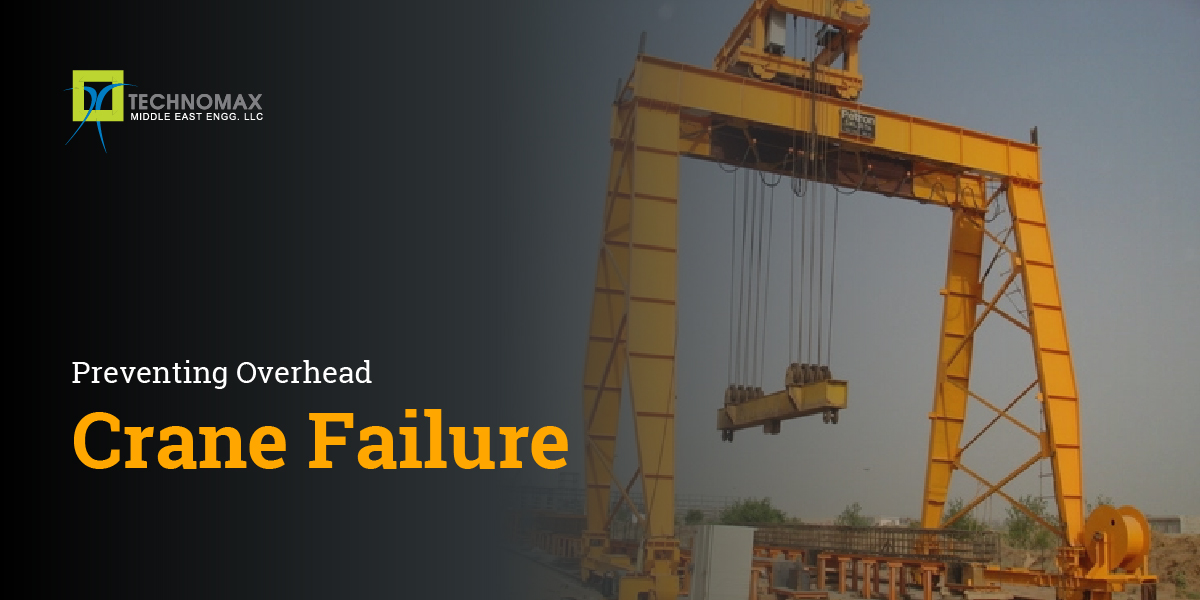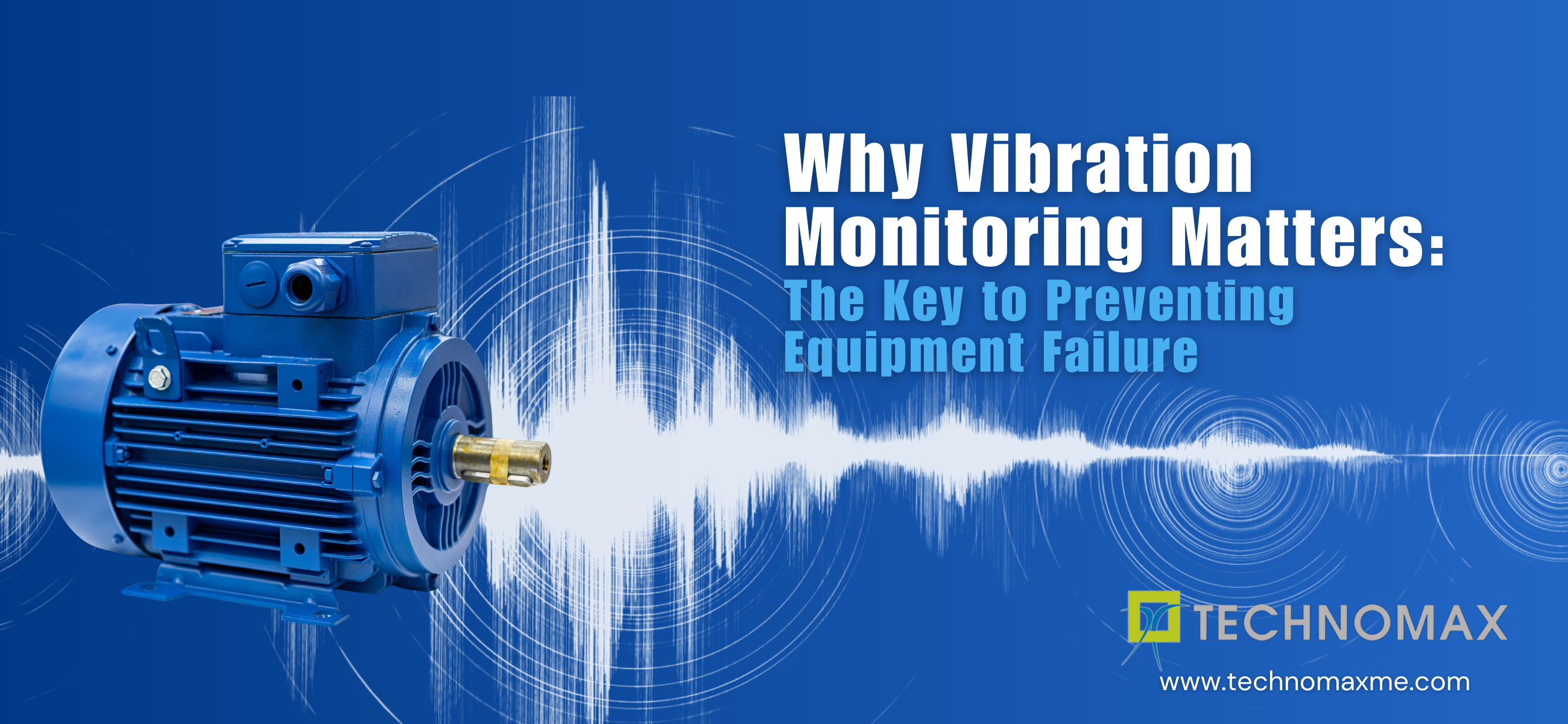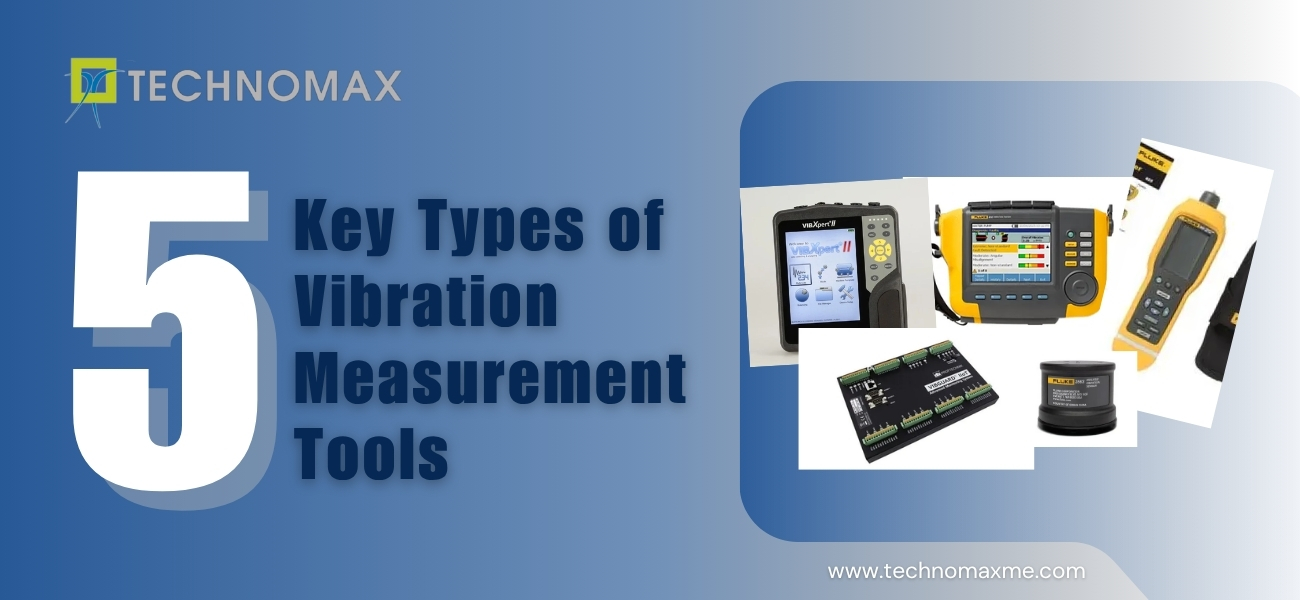
Introduction
All industries, whether large or small, require lifting equipment (mostly cranes) to lift their heavy loads. Now the overhead crane failure must be handled with proper care and training because, unlike the usual vehicle, they are huge and not just yours, but a lot of other people’s lives rest on their efficient handling. Now, it would seem obvious that people handle cranes well, but the statistics suggest otherwise. According to the labour statistics, it is estimated that around 44 people were injured and blown to death almost every year between 2011 and 2015 due to overhead crane failures.
It is, therefore, necessary to understand the hazards that are caused by overhead cranes and what measures and guidelines can be adopted to ensure their safety by overhead cranes and avoid failure.
Reasons behind overhead crane failure
To begin with, let's discuss some failures and risks attached to overhead cranes.
Some Common reasons behind overhead crane failure
- One of the most common hazards that occurs is crane overload. This is caused by putting an excessive load on the crane beyond its defined capacity. This will cause severe damage not only to the machinery but also hamper the lives of the people.
- Another common hazard is the risk of falling materials. The reasons may be varied, like mishandling by the crane operator, mechanical failure, slippage, etc., but any of these will lead to accidents and injuries that might be fatal for the workers.
- Another common hazard that takes place is an electrical failure. Most of the accidents take place due to the metal surface coming into contact with the electricity, which causes a threat to the workers working in that area and leads to other injuries as well.
- Another risk involved is the use of secondary and primary brakes. In cases of power failure, the cranes have primary and secondary brakes. If the brakes fail, then it might lead to severe injuries and accidents.
With so many risks and hazards attached to an overhead crane, it is essential that preventive measures be taken to prevent overhead crane failures and ensure the safety of the workers at the workplace. Let’s now discuss certain overhead crane operation safety tips to reduce the risk of overhead crane failure.
Also read:
- Common Uses Of The 1 Ton Overhead Crane
- How Do The Counterweights On Tower Cranes Work?
- 7 Different Types of Industrial Cranes
Prevention of overhead crane failure
- It is important that the cranes be thoroughly inspected by the technicians in compliance with CMAA specifications. Excellent quality and standard equipment must be used for inspection. It should also be observed that cranes should not be overloaded or exceed their capacity. Therefore, checks must be done at regular intervals, and adequate tracking of the issues and problems that might be encountered must be done.
- It is important to consider the environment while designing the crane for your industry. The environment plays a significant role. Factors like heat, chemicals, steam, dust, humidity, or moisture can lead to rusting of the metal parts of the cranes. So, it is important to take into account such factors to enhance the life of the cranes.
- Taking note of and complying with the instructions given by the manufacturer and supplier of the cranes is also mandatory. The service suggestions given by the manufacturer will help in maintaining the crane for the long term.
- Proper training should be provided to the operators and personnel. The operators should be given formal training in their field. They should be given adequate information about the crane terminology, parts of the crane, its uses, and the risks associated with it. They should understand the functioning of the cranes and know about the maintenance procedures for the cranes. They should also be taught about the common hand signals used while operating cranes. Training them with the necessary skills in electricity handling, wiring, and machinery practices is also important. A well-equipped and trained staff will prevent crane failure and injuries or accidents related to it.
- Also, it must be ensured that the employees stay active and alert while lifting the weights. Using necessary hand signals, warning lights, and radios will ensure that proper instructions are followed and understood by the employees. Also, it is essential that the workers are communicative and attentive while handling the cranes. This will prevent any kind of mishandling or accident.
- It should also be seen who will manage the pre-job safety planning when the crane arrives on site. It should also be ensured that the employees are wearing proper attire, like a PPE kit, and foot and eye protectors, to avoid any mishaps.
Conclusion
Investing in an overhead crane is an important decision for a firm as it involves a hefty amount that will be paid. But at the same time, it increases productivity and efficiency at the workplace while ensuring the safety of the employees. Adhering to the safety measures and knowing about all the possible hazards will help you make the right decision the next time you plan to invest in such lifting equipment. Not only will this help with the preliminary checks, but it will also prevent any major overhead crane failure.
Learn More About Our Services

Recent Blogs

Get Started Now!
It takes less than a minute of your time. Or you may simply call +971 2 555 1 783






